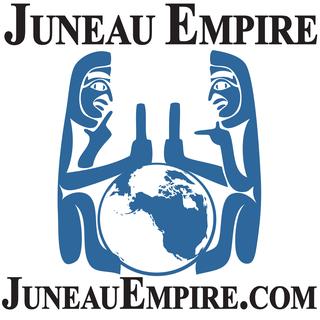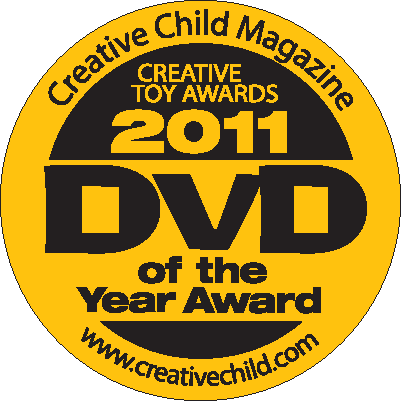WATERLOO, Iowa — Veronica Armstrong slowly pointed to the array of coins displayed on the floor. For each quarter she tapped, her first-grade students drummed their legs and counted out loud, “Twenty-five, Fifty.” When her fingers moved to the dime their drumming turned to clapping, then from clapping to crossing their chests for a nickel and to tapping their fingers for a penny. When it is over they had successfully counted the combined value of the coins on the ground.
Armstrong’s Lou Henry Elementary School class is one of several in the district piloting a program that integrates the arts with traditional math curriculum requirements. The project is funded through a grant from the John F. Kennedy Center for the Performing Arts and is being led by the University of Northern Iowa. Marcia Daft, a Kennedy Center teaching artist, was in Waterloo this week to work with district teachers.
Daft said “Moving Through Math” uses rhythm, movement, imagination, visual art and student-centered teaching and learning to teach math concepts. “The focus of this approach is multiple learning modalities. Children learn through movement, music, social experiences, stories, and more. There is a whole range of ways that people learn,” Daft said. “When you are just talking at the board you are not addressing the child who learns best through movement or musical rhythm or social interaction.”
Tammi Mitchell, a Lou Henry kindergarten teacher, has taught for 20 years. She said this year’s students picked up on traditional kindergarten concepts and even more advanced lessons faster than in previous years using Daft’s techniques. “Today they did skip counting by two’s. Next is three’s. We don’t usually do that in kindergarten,” she said. Mitchell added that, especially in the younger grades, the program reaches students “where they learn.” “A 5-year-old needs to move,” she said. “It’s how kids learn best. It’s not the worksheets, though we do need those, too. But this approach has just been awesome.” Armstrong’s first-graders agree. “We get to move around and count real money,” said Caleb Moe. “It’s fun.”
Armstrong has used the MTM approach to teach other math concepts, like geometry and addition fact families, to her class. “I am expecting that in the coming years the students will really make deeper connections because of this,” she said. “I am looking for great things.”



